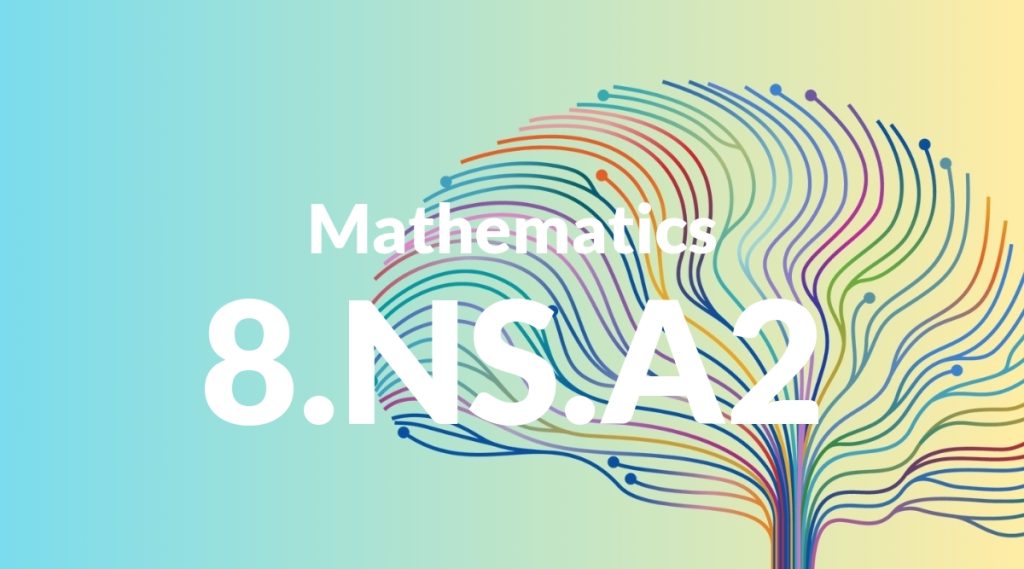Standard: 8.NS.A2 – Use rational approximations of irrational numbers to compare the size of irrational numbers, locate them approximately on a number line diagram, and estimate the value of expressions (e.g., π2). For example, by truncating the decimal expansion of √2, show that √2 is between 1 and 2, then between 1.4 and 1.5, and explain how to continue on to get better approximations.
Grade level: Grade 8
Subject: Mathematics
Domain: The Number System
Teacher Overview
This standard focuses on helping students understand and work with irrational numbers by using rational approximations. This is crucial for developing a deeper understanding of number systems and preparing for more advanced mathematical concepts. Students should have a solid grasp of rational numbers, decimals, and basic operations with numbers. They should also understand square roots and be comfortable using number lines.
Students will be able to solve more complex problems involving irrational numbers and their approximations, preparing them for high school algebra and geometry.
Common Misconception 1
Some students might think that irrational numbers can be written exactly as fractions. This is incorrect because irrational numbers have non-repeating, non-terminating decimal expansions, which means they cannot be exactly represented as fractions.
Intervention 1
Use visual aids and number lines to demonstrate that irrational numbers cannot be exactly represented as fractions. Emphasize their non-repeating, non-terminating decimal nature.
Common Misconception 2
Students might believe that the decimal approximation of an irrational number is the exact value. This misconception arises from a misunderstanding of what approximations represent.
Intervention 2
Teach students to understand that decimal approximations are just that—approximations. Use examples to show how increasing the number of decimal places improves accuracy but never fully captures the exact value.
Prerequisite Knowledge
Students should understand the concepts of rational numbers, decimals, and basic operations with numbers. They should also be familiar with the idea of square roots and have a basic understanding of number lines.
Subsequent Knowledge
After mastering this standard, students will be able to solve more complex problems involving irrational numbers and their approximations. They will also be better prepared for high school algebra and geometry, where they will encounter these concepts more frequently.
Instructional Activities
- Use a number line to locate and compare irrational numbers.
- Have students approximate the value of π and √2 using rational numbers.
- Create real-world problems that involve estimating values of irrational numbers.
- Use interactive software to visualize the decimal expansions of irrational numbers.




